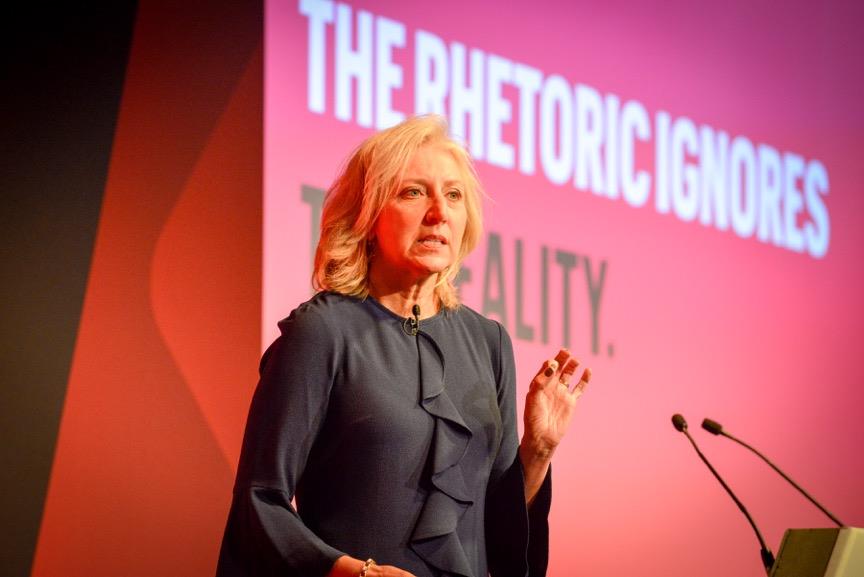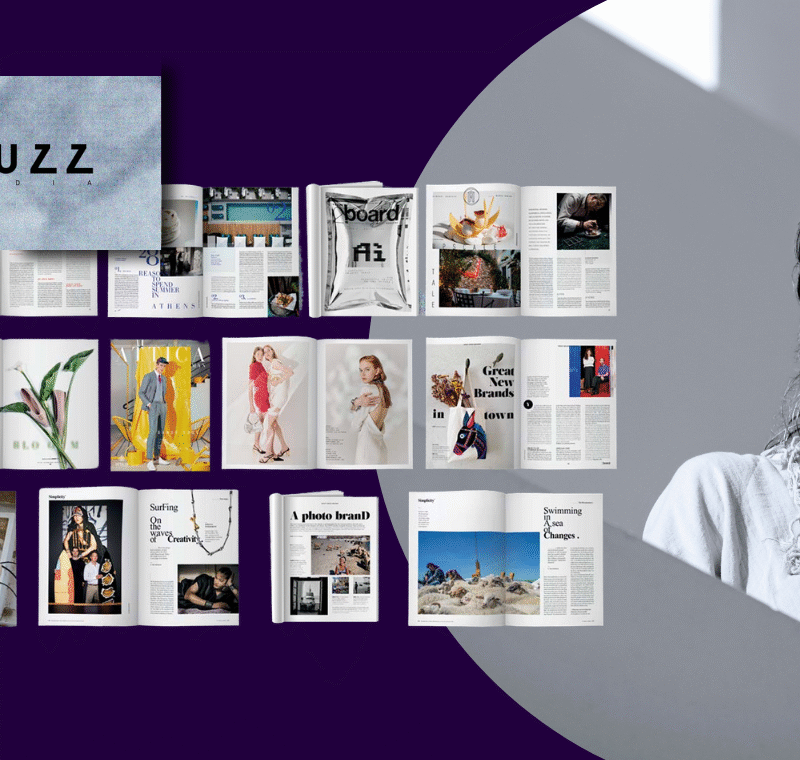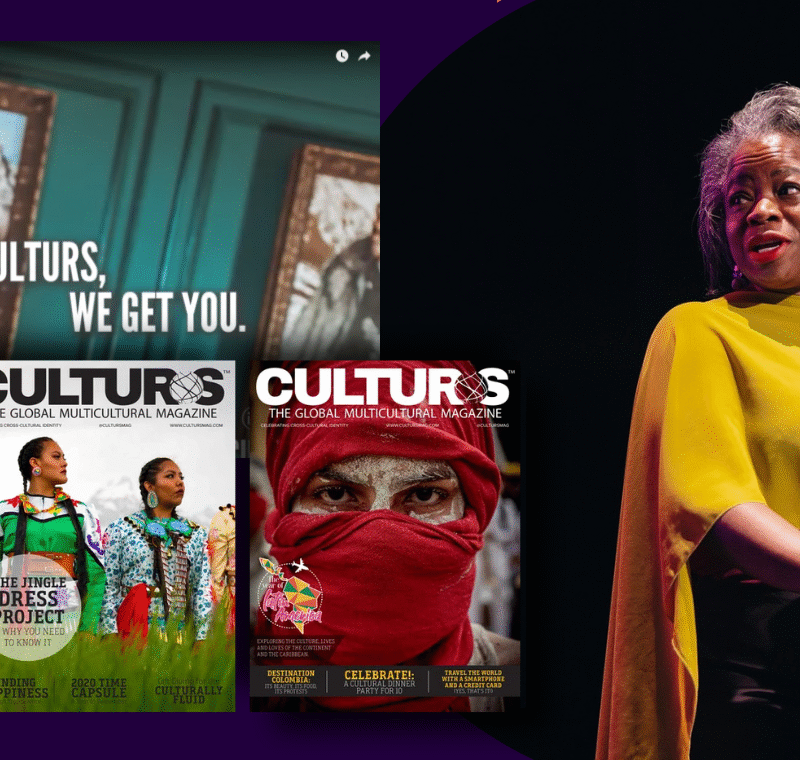Proof that magazine media still deliver the best results for advertisers

“Magazine media tells and sells”
MPA represents several thousand magazine titles in the US, from big to small publishers, across a range of channels and formats. Based on her experience, and research conducted and collated by MPA, Linda made the strong case that no medium is more trustworthy (and trusted) than magazines when it comes to selling ads. “Our research proves that magazine brands help tell stories and sell products for advertisers,” Linda began.
“The rhetoric ignores the reality”
She went on to emphasise that the language that has become commonplace when describing magazines is immensely unhelpful. Talk about their “vitality”, the phrase “print is not dead”, and turning the phrase “legacy brand” (which should be a positive) into a negative, are all problematic for the industry.
“We keep recycling this old argument that print is dying,” Linda added. “But it ignores the reality that magazines have many things that make them special. Magazine media builds brands and sells products in a safe and transparent environment.”
Using the illustration of the purchase funnel, Linda talked about how magazines operate at both the top and the bottom of the chart, adding additional value to brands from awareness through to translating into purchase.
She gave an example of a conference she recently attended where more than two-thirds of the 400 [non-media] brands tracked there didn’t show year on year business growth, in spite of the fact that their advertising expenditure went up. Linda’s suggestion? “This is where magazine media comes in. It can really play a role in no- or low-growth situations.”
The added value of magazine media
Linda talked about MPA’s MM360° research, which shows that magazine media brands are growing or holding steady in the US. The data shows that rather than abandoning print, people are just adding other methods of consumption – Instagram, Facebook, and other platforms, for example. “The lesson is, consumers are holding onto their print editions,” Linda said.
Magazines increase brand awareness
Linda continued to describe how prevalent rhetoric about print being disrupted ignores these positive, real-world results. She showed the audience charts proving that print provides lift on awareness measures, as well as a lift in purchase intent. “‘Brand over time, sales overnight’ is something we used to say in my previous industry,” said Linda. “And having magazines in your mix does both of these things.”
She used an impressive case study to demonstrate how magazine media delivers for advertisers. Out of a total of 80 measured campaigns, all 80 delivered positive ROI for the advertiser.
“Every other channel is trying to force its way into consumers’ lives; magazine media is invited in to people’s homes. It’s described as being more trusted, inspired and motivated than any other media channel,” Linda said.
In addition, consumers give feedback that “ads [in magazines] fit well within the content”, and that younger readers are especially receptive to advertising in magazines.
Linda Thomas Brooks at #FIPPCongress re: why magazines matter & why they work: new @mpamagmedia campaign & data pic.twitter.com/290DbQDS5L
— Matthew Holmes (@semimatte) October 11, 2017
Magazine brands as a shortcut to quality
In addition to these studies, there’s also plenty of neuroscience research – over 100 studies – backing up the idea that people’s brains are wired to understand information better in print more so than any digital channel. Paper-based reading leads to slower reading speeds and higher concentration, and people tend to be more relaxed and absorb more information. This is all good news for advertisers hoping to tap that audience.
“Better. Believe it.”
“We think it’s magazine media’s moment in time,” Linda finished by saying. “Everything marketeers say they want right now, magazines can offer. They’re brand safe, brand edifying, and they deliver results.”
Answering a question from an audience member about what reception she’s received from advertisers when she presents these findings, Linda pointed out that they are definitely responding well. “After all, what they’ve been doing hasn’t been working,” she added. “We bring in all this outside research which proves our point that magazine advertising can help.”
When asked about where single title magazines fit into the mix, Linda admitted that while it is harder to prove via numbers, smaller magazines should trust that their strong relationship with readers is valuable from a marketing perspective. “Magazine editors know their readers better than most, and they know how to talk to consumers,” she said. “Editors can also help advertisers to develop good copy that goes with it.”
More like this
How reporting the truth can transcend turbulent political times
How Hearst UK repackages content across platforms







